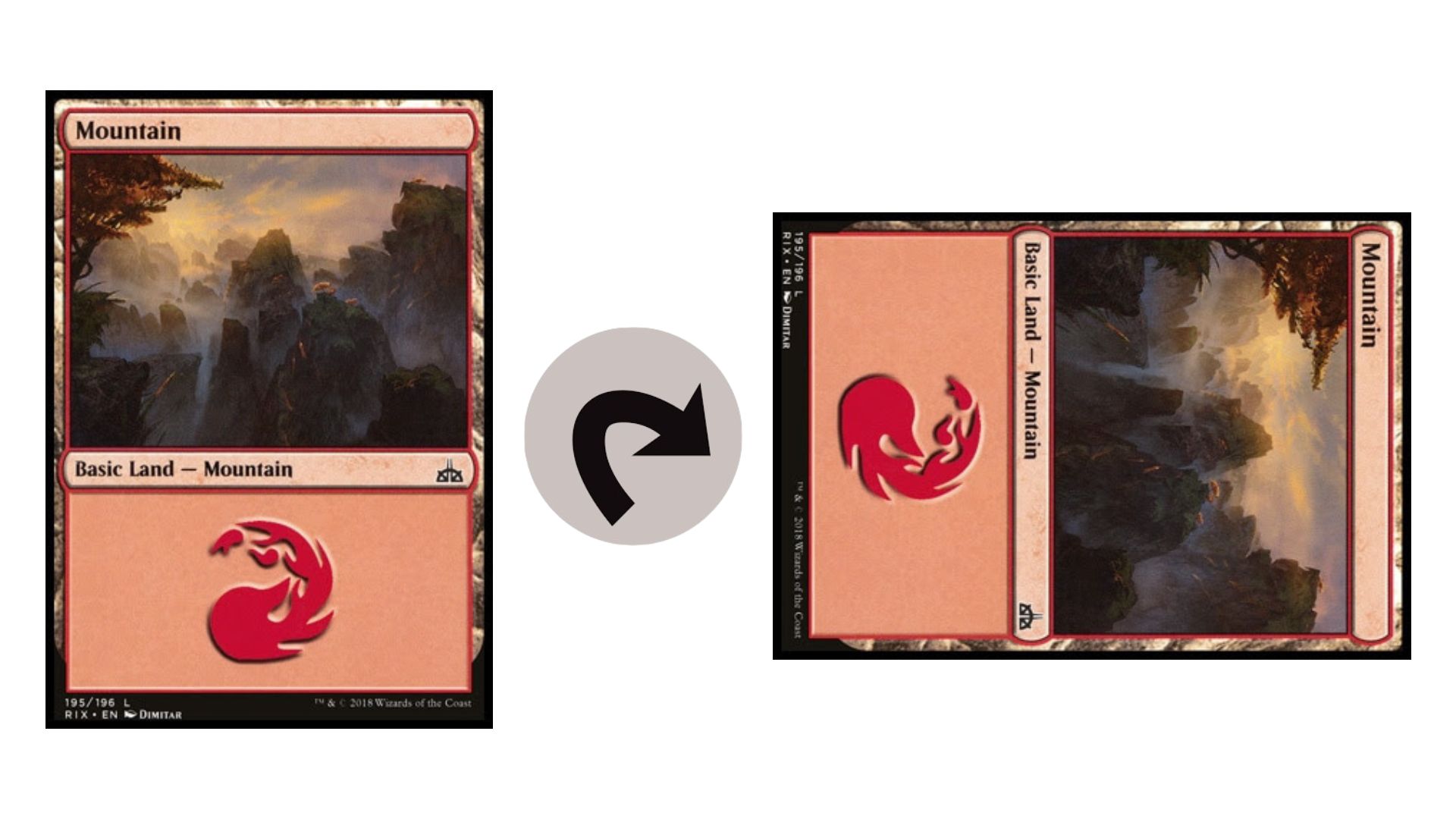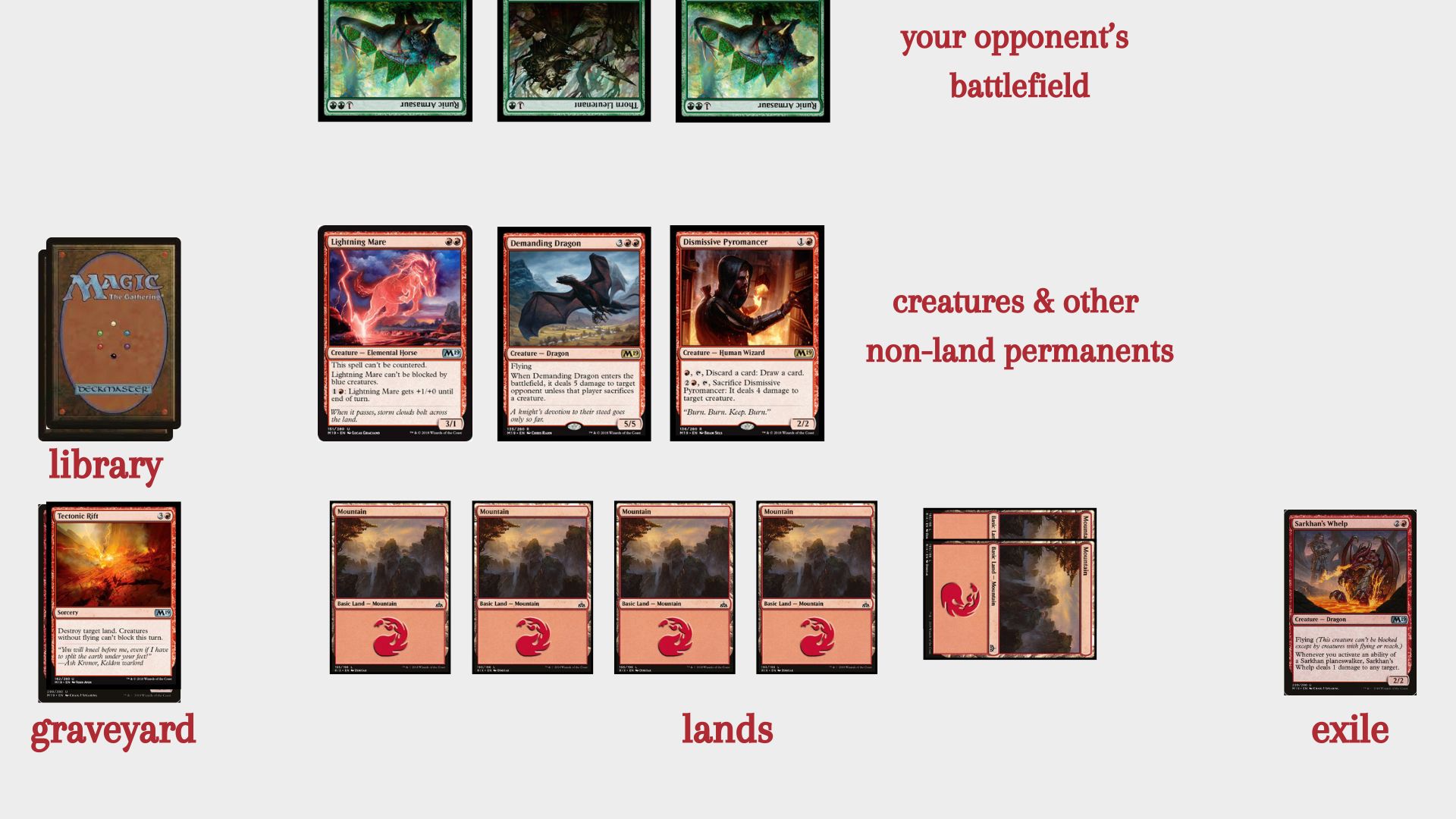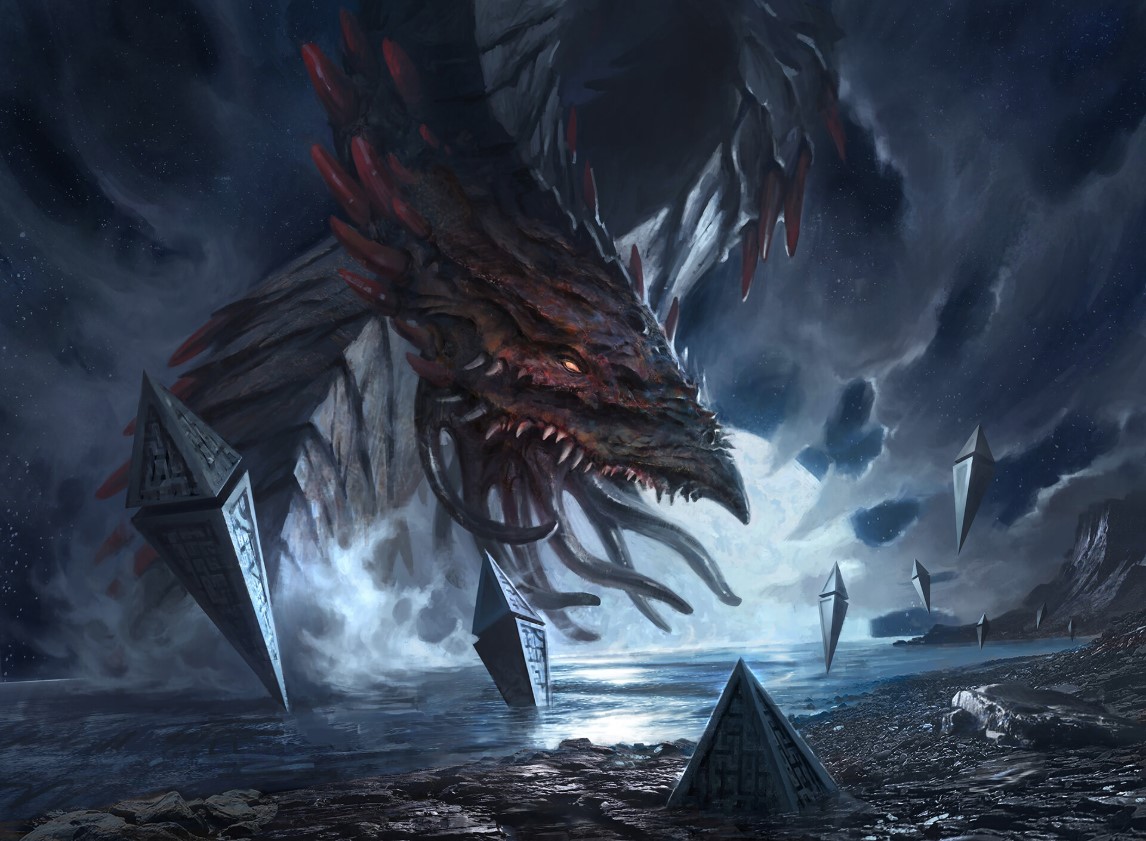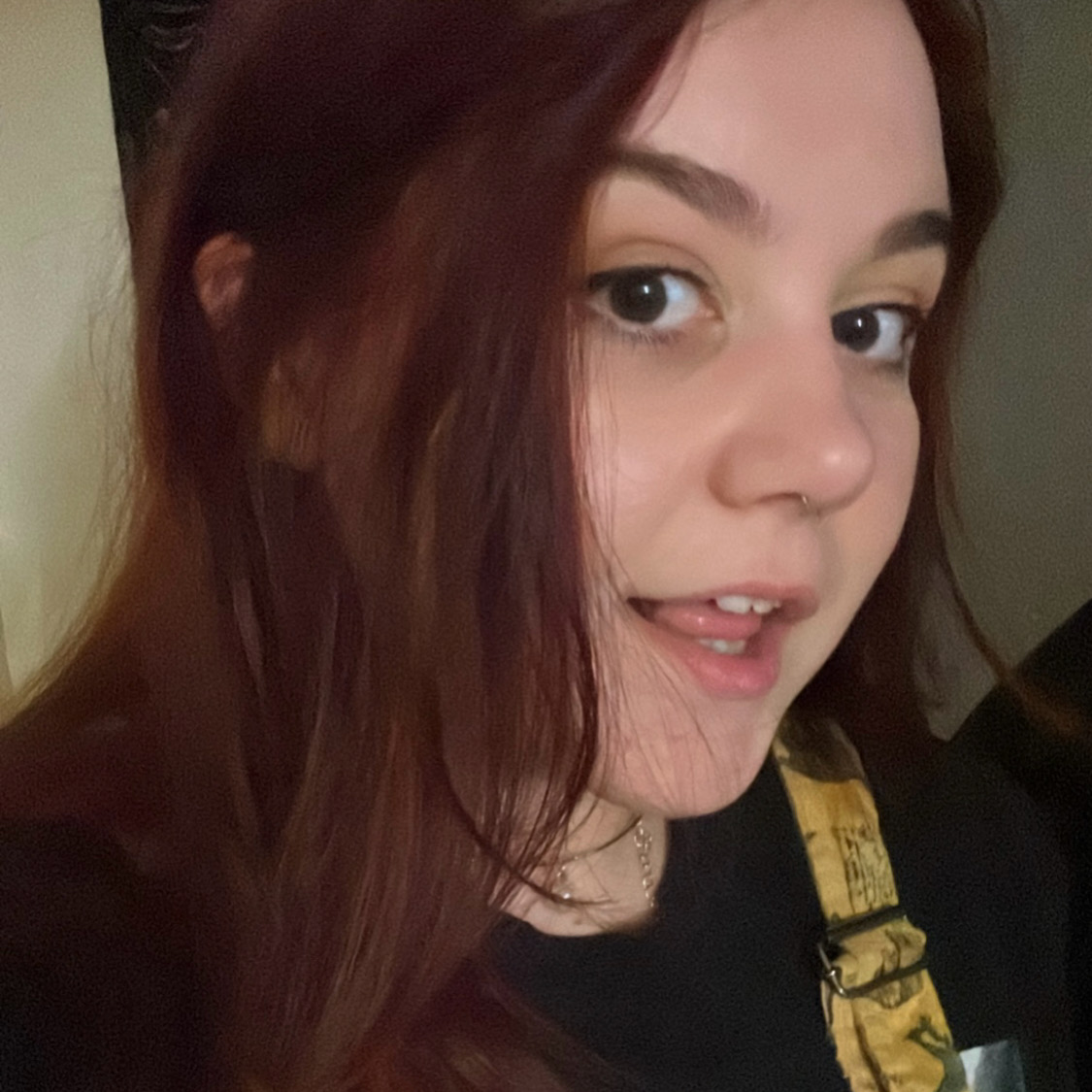How to play Magic: The Gathering
Here’s how to get started with Magic: The Gathering

So, you've finally decided to learn how to play Magic: The Gathering. What a great choice! It's been widely considered one of the best card games since its 1993 launch and there's a thriving casual and competitive scene.
It's always nice to pop into your local game store for a more hands-on way to learn how to play Magic, but not everyone has that opportunity. So, I'm here to take you through everything you need to know to get started playing MTG.
First thing's first, once you pick up your first deck of Magic: The Gathering cards, you're now officially a plane-hopping battlemage known as a Planeswalker. Congratulations! I'm sure your parents are exceptionally proud.
Each game of Magic: The Gathering represents an epic battle to the death between you and your fellow Planeswalker — who knew cardboard could be so hardcore?
How to start playing Magic: The Gathering
Player numbers and formats vary, but for the sake of this example, we’ll imagine you’re playing 60-Card Casual against one other opponent. The surface between you and your opponent is now your Battlefield and this is where all the magic (!) will happen.

Anytime you want draw Mana, attack with a Creature, or activate an ability with a ↷ tap symbol, you'll need turn the card on its side to represent it being tapped. A tapped card can't be used again until it is untapped.
You start with a Life total of 20. You can track that with a D20, a Life counter, or just write it on your Notes app. Either way, the aim of the game is to bring your opponent’s life down to 0.
A powerful spellcaster like you isn’t going to get their hands dirty. The best way to chip away at your opponent’s Life total is by summoning Creatures to the Battlefield who’ll attack in your stead.
Creature cards make up around a third of your 60-card MTG deck, while another third are other spells that’ll help you best your opponent. The final third are Land cards, which provide the source of all your magical power. You won’t be able to cast spells of any kind until you play some Land cards and Tap them for their mana.
Once you’re ready to hop into play, each player begins by giving their deck a good shuffle and then dealing themselves seven cards. If you're not happy with your opening hand, you can "Mulligan", meaning you draw again — with the penalty of having one less card.
What to do on your turn in Magic: The Gathering

Decide the turn order. The player that goes first doesn't draw during their first turn but otherwise turns function the same for every player.
Here are the 5 phases make up a turn in Magic: The Gathering:
Beginning phase: As you begin your turn, untap any cards that have been tapped, and then draw a card from your deck.
Pre-combat main phase: This is your opportunity to play a Land card, and use your Mana to summon Creatures or cast other spells,
Combat phase: It’s time for combat! Declare your attackers and see how your opponent responds. Your attackers will have to be Creatures that you’ve cast previously, as a condition called summoning sickness prevents creatures from being tapped for one turn.
Post-combat main phase: If there are any cards that you’d like to play but you haven’t played already, now’s the time to do it.
End phase: Prepare for your opponent’s turn to begin!
Magic: The Gathering combat phase explained

Your combat phase starts with you declaring which Creatures, if any, will attack your opponent. Your opponent can then decide which Creatures they would like to block the attack(s) with. Once attackers and blockers are decided, you can assess how the combat resolves.
In order to figure out the result of a combat phase, you need to measure your Creatures' Power against your opponent's Creatures' Toughness (and vice versa). In any case where the Power of one Creature exceeds the Toughness of the other, the Creature is destroyed.
Defending isn't the only way to respond to an opponent's attacks. Sometimes the most strategic decision is to avoid blocking so as not to sacrifice your Creatures. In this case, you directly take the damage their Creature's attack deals you. This will be equal to the Creature's Power.
Magic: The Gathering Battlefield layout explained

With so many card types to keep track of, it's important to set up your play space in a way that is most legible for you and your opponent. Set up your Lands in a horizontal line closest to you, and play any Creatures or other Permanents further out into the Battlefield itself.
Any of your Permanents that are destroyed will get sent to the graveyard. Occasionally you'll have exiled Permanents too, so be sure to designate sections of your play area for both your graveyard and your exile. These are best placed to the side of your Battlefield.
Magic: The Gathering card types explained

There are over eight different types of card you'll come across while playing Magic: The Gathering. As a beginner, it's especially essential to get familiar with these four card types:
Land: Every time it’s your turn, you can take one Land card in your hand and place it on the Battlefield. These Land cards, when tapped, produce a resource called Mana which is essential for casting creatures and other spells. The color of your Land and Mana will correspond to the color of your deck.
Creature: During either of your main phases, you can cast as many creatures as you would like, provided you have access to sufficient Mana of the correct color.
Sorcery: These are spells that can be cast during the main phase of your turn. They can have effects on your opponent, your Permanents, your opponent's Permanents, or the battlefield as a whole.
Instant: Instants serve a similar purpose to Sorceries, except they can be cast at anytime during your turn or your opponents turn. As a result, Instants can prove useful for countering opponent actions or give your creatures a last-minute buff in combat.
Other common card types include Artifacts, Enchantments, and Planeswalkers. However, you'll also come across plenty of others in your journey playing Magic.
How to read a Magic: The Gathering card

All of the text and imagery on a Magic: The Gathering card can be a tad overwhelming to a new player, Thankfully, it's pretty easy to get to grips with once it's broken down.
The example in the image above is a Creature card, but the majority of cards will be formatted in this way.
Mana cost: The symbols in the top right corner of the card show its mana cost. In the example shown, the card requires one green mana and one white mana. Sometimes, in addition to the color pie symbols, you'll see a grey circle with a number inside. This dictates that the spell needs that number of any color mana to cast it.
Card type: This section of the card shows what function it has in the game (creature, sorcery, etc.) as well as any relevant subtypes.
Abilities: A card's abilities can be spilt into both static, activated, and triggered. Vigliance is a static ability seen on the example card pictured. This is in effect at all times the creature is on the battlefield. Meanwhile the two abilities below that, which require the card to be tapped, are considered activated abilities.
Flavor text: Below a card's abilities, you'll often get a chunk of italicised text which links to Magic: The Gathering lore and the story of the card itself. This doesn't have any mechanical purpose, it's just a fun bit of storytelling.
Power/toughness: Power is a creature's offensive stat, while toughness is its defensive stat. The creature in the example could deal 3 damage to a player or creature. However, given their toughness is also 3, they couldn't withstand any more than 2 damage a turn without being destroyed.
Magic: The Gathering formats explained
Magic: The Gathering has over twenty different play formats, as the MTG community are constantly experimenting with new ways to enjoy the game. Take your time getting to used to playing 60-card Casual, as you have plenty of time lately to get to grips with more niche formats.
To give you an idea of what's in store for you though, here's a rundown of the most common MTG formats:
Standard: Tournament-sanctioned Magic: The Gathering is not too dissimilar to the casual Magic you play on your kitchen table. One key difference is the pool of cards you're allowed play with. Standard allows players to form MTG decks using cards from the last four MTG sets released. You'll hear the terms like Pioneer, Modern, Vintage, and Legacy thrown around too; these formats encompass cards from further back in Magic's history. However, for each format, you'll also have to consider which cards are on the ban list.
Commander (sometimes called EDH): Commander is most often with 3-5 players, but two-player Commander is a popular variant too. Each player starts with a Life total of 40 and uses a 100-card deck with a Legendary Creature at the helm. This Legendary Creature, known as the Commander, is kept separately from the player's library and is cast from an area called the Command Zone. As well as the usual win state for MTG, you can eliminate a player by dealing 21 damage to them with your Commander.
Limited: Limited is an umbrella that encompasses MTG formats where players rely on the content of Booster packs rather than playing with constructed decks. This makes for a fun challenge but you'd better hope luck is your favour.
Magic: The Gathering beginner glossary

Color pie: White, blue, black, red, and green (shortened as WUBRG) make up the Magic: The Gathering color pie. Each of these colors are represented in the game's mana types. The playstyle of a deck is heavily influenced by what color(s) of mana it ultilises.
Deathtouch: Any amount of damage dealt by creatures with Deathtouch is enough to destroy the creature receiving it.
Flash: Creatures with a Flash can be cast anytime you would cast an Instant.
Flying: Creatures with Flying can only be blocked by other flying creatures or by creatures with the Reach ability.
Hexproof: Hexproof creatures can’t be made the target of opponent spells.
Haste: Remember summoning sickness? Creatures with haste don’t get it! This way, you have them attack on the same turn they’re cast.
Lifelink: For every point of damage you deal with a Lifelink creature, you receive the equivalent amount of Life. This applies to damage dealt both to creatures and players.
Menace: Creatures with Menace can only be blocked by two or more creatures.
Permanents: These are any card that remain on the Battlefield. So, Creatures Enchantments, and Artifacts are considered Permanents but Instants and Sorceries are not.
Scry: To Scry, look at the top X number of cards in your deck. You can then put them back on top of your deck in whatever order you'd like. If you really don't like what you've seen, you can put the Scryed cards on the bottom of your deck too.
Trample: Whenever excess damage is done to a creature after it's destroyed by a creature with Trample, that damage extends to that creature's player.
Vigilance: Creatures with this ability are not tapped while attacking. As a result, these creatures can be used offensively on your turn and also then be used defensively during your opponent’s turn.
How to play Magic: The Gathering FAQs
Is Magic: The Gathering expensive?
It doesn't have to be. You and a pal can get playing MTG with a $20 Starter Kit or you can bite your entire friend group with the Magic bug with a $50 Game Night set.
Beyond that, the Pauper format specifically limits players to Common rarity cards, so it's the most budget-friendly way to explore with competitive play.
Is Magic: The Gathering hard to learn?
No, anyone can learn the basic rules of Magic: The Gathering in one sitting. Mastering the game is a little more of a challenge and you'll undoubtedly find yourself making mistakes or being confused by certain mechanics.
Don't worry though! Any MTG player worth their salt will be patient and understanding while you figure out the ropes — even pros slip up sometimes.
Can I play Magic: The Gathering online?
Yes, you can. One option for online play is the game’s digital version, Magic: The Gathering Arena.
If you prefer playing with physical decks, you can play via video chat. Spelltable is a free website that is specifically optimised for remotely playing paper magic, so it’s certainly worth checking out.
Looking for more tabletop fun? Give some of the best board games a try.
Sign up to the GamesRadar+ Newsletter
Weekly digests, tales from the communities you love, and more

Abigail is a Tabletop & Merch writer at Gamesradar+. She carries at least one Magic: The Gathering deck in her backpack at all times and always spends far too long writing her D&D character backstory. She’s a lover of all things cute, creepy, and creepy-cute.


